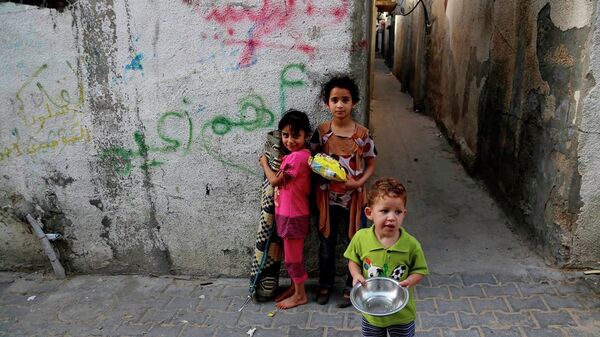A year ago, a 50 day war broke out in which Gaza came under brutal attack from Israel.
Seven weeks of Israeli bombardment, ground fighting and Palestinian rocket attacks left more than 2,000 people dead – almost a quarter of them Palestinian children.
A year on, a map charting 2,500 Israeli strikes during the Gaza war with Hamas and its allies has been unveiled by Amnesty International. The time, place, ferocity and number of casualties have been digitally recorded with pictures, videos, satellite images and testimonies, telling the story of the war.
Yonatan Gher, director of Amnesty Israel said: "A look at all these incidents together, and each one individually, can provide a new perspective on the Palestinian side of the war."
It’s hoped the map will enable human rights researchers to expose violations of international law during the conflict. The map, developed with Forensic Architecture already shows more than 270 Israeli strikes that, according to researchers, caused more than 320 civilian lives. And according to charity Islamic Relief, it is children who are "paying the heaviest price" for the war.
Global Programs Coordinator for Islamic Relief, Louiza Chekhar, explains:
"The children of Gaza are paying a heavy price for a conflict many of them are too young to comprehend. No child should have to go through this: to lose parents, siblings, friends; to live your life in a tent with the rubble of your former life all around you."
"Despite a year having passed, very little has changed. Houses remain in ruins, children are still living on the streets and countless families are still reliant on food parcels. This is a tragedy and more must be done to help the region rebuild," says Checkhar.
A recent UN inquiry into the Gaza conflict says it has found credible allegations of war crimes committed in 2014 by both Israel and Palestinian armed groups.
"The extent of the devastation and human suffering in Gaza was unprecedented and will impact generations to come," said the chair of the commission, Justice Mary McGowan Davis.
"There is also on-going fear in Israel among communities who come under regular threat."


